26 May 2023
Under-the-Radar Ukraine Defense Contact Group
POLITICO spoke to 17 people directly involved in the discussions for this story, many of whom were granted anonymity to discuss the closed-door meetings.

The Ramstein meetings are typically scripted affairs, during which ministers read from prepared notes. But the orderly gatherings mask significant differences between the governments working to arm Ukraine. | Boris Roessler/picture-alliance via AP
RAMSTEIN AIR BASE, Germany — When U.S. Defense Secretary Lloyd Austin brings together the defense chiefs of more than 40 nations here in southwest Germany each month, the hours-long gathering typically ends the same way: Celeste Wallander, the Pentagon’s head of international security affairs, calls on each participant to read out what weapons their nation is ready to donate to Ukraine.
It’s a question — perhaps the question — that will help determine Ukraine’s future more than a year following Russia’s invasion.
And it’s made the monthly closed-door grouping of leaders — known by the anodyne bureaucratic title of the Ukraine Defense Contact Group — an under-the-radar yet central force in equipping the Ukrainian military with everything from precision rockets to main battle tanks. It’s also helped the nation create an ad hoc yet astonishingly modern military that would be capable of outgunning some long-standing NATO members.
But on the sidelines of the group’s April 21 meeting in a cavernous, wood-paneled ballroom here at the American-run Ramstein Air Base, it was clear that staying united — which the group has succeeded at for more than a year — will be an increasing challenge.
A number of fissures have emerged recently in the group, particularly over whether and when to send Western fighter jets to Ukraine, and delays in certain weapons shipments — most pressingly, German and Spanish tanks. Meanwhile, the mass transfer of weaponry to Kyiv has left donor nations worried about their own stockpiles, and recent meetings have started to turn to the issue of NATO allies reequipping themselves as well as sustaining the weapons donated to Ukraine for the long haul.
“We have done a lot already in terms of the donations, but now the question is more on sustainability,” Esa Pulkkinen, the permanent secretary, or deputy, in Finland’s defense ministry, said as military leaders gathered at Ramstein last month.
“Besides supporting Ukraine, we also need to replenish our own stocks, right?” one European diplomat said.
Austin, Joint Chiefs Chair Gen. Mark Milley and Ukrainian Defense Minister Oleksii Reznikov sit at a head table draped in white tablecloths, flanked by American and Ukrainian flags. Crystal chandeliers hang over their heads. Aides sip coffee and mingle in hushed voices on the sidelines.
The meeting starts, as always, with a battlefield update from the Ukrainians. The other members sit at two narrow tables perpendicular to the leaders’ table, forming three sides of an open rectangle. Each country is represented by a miniature flag next to its member’s microphone.
Austin leads the discussion, making opening and closing comments, but typically spends more time listening to the presentations. Wallander emcees, moving each presenter along. During the latest meeting, members devoted one 90-minute block to discussing sustainment and industrial base challenges; the entire meeting can last more than six hours.
The impetus for the Ramstein gatherings came about without fanfare early on in the conflict. While readying a secret trip to wartime Ukraine just a month after the Russian invasion, the people attending Austin’s daily 6:30 a.m. staff meeting on the third floor of the Pentagon — called a “policy op sync” and modeled off the twice-daily meetings he chaired during the Afghanistan evacuation — realized a major problem was brewing.
Kyiv had survived Russia’s initial onslaught, yet it was becoming clear that the U.S. and other countries would need to overcome past misgivings about arming Ukraine and commit for the long haul. In those early days, no one was coordinating the equipment that countries were quickly beginning to pledge, risking a serious miscalculation for the Western nations aiding Ukraine.
“I did a lot of phone calls talking to countries, ‘can you send this,’ and I think it was at that point that the idea developed that the secretary had, ‘no, we need to bring the key contributors to Ukraine together so we can understand what the scope of this is,’” said Wallander in an interview at the Pentagon.
Austin named it the Ukraine Defense Contact Group, which met on April 26, 2022, at Ramstein. It was the meeting — which was conceived and planned in about a week’s time — that kick-started the process of saving Ukraine.
Although disputes do break out between the participants, the sniping typically stays outside the room — a remarkable feat that members say is due to Austin’s steady leadership, calm presence and deep military knowledge. Austin’s attention to bilateral relations — including always giving countries public credit for their donations — has won him credibility, according to officials involved in the Ramstein meeting.
POLITICO spoke to 17 people directly involved in the discussions for this story, many of whom were granted anonymity to discuss the closed-door meetings.
Tensions brewing
The Ramstein meetings are typically scripted affairs, during which ministers read from prepared notes. But the orderly gatherings mask significant differences between the governments working to arm Ukraine. Eastern European countries such as Poland and Estonia have leaned forward in providing aid, while Germany and France often lag. The United States — specifically Austin — at times must straddle the two sides.
Meanwhile, Kyiv is constantly asking for more — and better — equipment. The ink was barely dry on the decision to send Abrams main battle tanks in January, for example, when Ukrainian officials renewed a push to receive F-16 fighter jets.
The fighter jet question is still a live issue, and the split between the various participants over whether to send Western warplanes was on display at the most recent Ramstein meeting. While Austin and other U.S. officials have been clear that they do not believe F-16s are necessary for the current fight, others say that the group is still debating the issue.
“There’s an ongoing discussion about also other types of jets,” said NATO Secretary General Jens Stoltenberg, speaking to reporters on the balcony while participants stretched their legs during a break in the meeting.
Still, others seemed sure that Western jets will be heading to Kyiv at some point.
“Western fighters will be a part of the Western military integration of the Ukraine armed forces, whether the time is now or perhaps later,” Pulkkinen said.
President Joe Biden has at times called on Austin to use the Ramstein meeting to appeal to his counterparts directly to do more to help Ukraine. In January, after German Chancellor Olaf Scholz refused to send Leopard tanks without the U.S. first sending its own Abrams tanks, the president turned to Austin to make one final appeal to his brand-new German counterpart, Defense Minister Boris Pistorius, at that month’s gathering.
Biden had reason to hope Austin could clinch a deal. Throughout the conflict, the defense secretary has consistently managed to turn his relationships into concrete aid for Ukraine. Early in the war, Austin personally brokered a deal with Slovakia’s defense minister for the eastern European country to send one of its Russian-made S-300 air defense systems, in exchange for the U.S. repositioning one of its Patriot missile systems to Slovakia.
But this time, Austin could not break through Berlin’s hesitation. Ultimately, Biden ended up greenlighting the Abrams, paving the way for Germany to send the Leopards.
Some nations are still frustrated with the slow pace of Berlin’s donations.
Germany should be “sending more weapons, sending more ammunition, and giving more money to Ukraine, because they are the richest and the biggest country by far,” Polish Prime Minister Mateusz Morawiecki told POLITICO. He added that the Germans “were not as generous as they should have been” with Ukraine since the start of the war.
“Collectively we have to, and we can, do more. We all understand what is at stake,” Estonian Defense Minister Hanno Pevkur told POLITICO at Ramstein. Referring to his own government, he said, “we have done a lot definitely.”
Despite differences between the various countries, participants said Austin’s consistency and attention to personal relationships keeps each gathering running smoothly and is the reason the members return to Ramstein time and again to discuss new ways to support Ukraine.
Zelenskiy Prepares To Present 'Victory Plan' To Allies
- Zelenskiy added that Kyiv had already begun discussions with the United States, Ukraine’s leading supporter during the war with Russia, and that “we are involving all partners."
During his visit to Washington last month, he presented the plan to U.S. President Joe Biden as well as to both candidates in the November 5 presidential election -- current Vice President Kamala Harris (Democrat) and former President Donald Trump (Republican).
A spokesman for the U.S. State Department said at the time that the plan contained "a number of productive steps."
- a renewed request for more weapons and
- for countries that donate long-range missiles to lift restrictions on using them to strike deeper into Russian territory.
In late September, Zelenskiy said that Ukraine and its partners should “determine joint steps and a common vision of how to increase pressure on Russia" during the Ramstein meeting.
- However, Zelenskiy stressed the importance of Ukraine’s military making gains itself ahead of the Ramstein meeting to assure allies of its capabilities.
Ukraine has a victory plan — but what does victory mean?
Zelensky is about to unveil his latest proposal for peace, but it is unclear whether his allies think the enemy can actually be expelled, a security expert writes
The Americans say that they have had sight of some of the general contours of the plan and consider it practical. It is not yet clear, however, whether it is a broad outline of how Kyiv would like the war to end (and what it wants from its allies), or a detailed roadmap to reaching that state.

- There was never any likelihood that Moscow would accept it, but it was as much as anything else designed to lock in western support for Ukraine and prevent its less committed allies from pressing Kyiv to make concessions in the name of a deal.
This new plan will have the same subsidiary goal. As a German diplomat recently grumbled to me, “I don’t know whether it will bring victory over the Russians, but it is probably meant, as much anything, to force us to stay in line.”
- Zelensky has rejected any ceasefire, any “freezing of the war or any other manipulations that will simply postpone Russian aggression to a later stage”.
- His influential adviser Mykhailo Podolyak likewise rejected ceding any territory to Russia.
The US government is hesitating to permit the UK and France to allow Ukraine to use the Storm Shadow missiles they supplied to hit strategic targets deep inside Russia.
- Although London is still confident that the permission will be forthcoming, perhaps this week after Zelensky’s trip to the US, it is being regarded in Kyiv as a powerful illustration of the conditionality of western support.

Ukraine must constantly work at cajoling, exhorting and browbeating its allies not simply to maintain and extend their assistance but also not to pressurise Kyiv it into making concessions it is unwilling to make.
There is, of course, still the possibility that Donald Trump — who claims he would end the war in “24 hours”, perhaps by imposing a ceasefire on both sides — will be elected in the US.
War fatigue
In part this is because the West has never properly considered what victory means. Does it simply mean expelling Russian invaders? Preventing Moscow from imposing limits on Ukrainian sovereignty? Or, at the other extreme, delivering such a catastrophic blow to Russian morale and war-fighting capacities that it cannot pose a renewed threat in the foreseeable future? Reading western politicians’ statements, one can find all these definitions, and more.

Instead of resolving these contradictions, the West has hidden behind the empty mantra that it is for Ukraine to decide, even while imposing its own constraints on the nature of aid it offers and how it may be used. Unwilling directly to address its divisions about how this war ought to end, it has not come to terms with several key dilemmas.
Land for peace
Even a self-confessed Ukraine hawk from a Polish think tank admitted to me: “Ukraine’s borders have often shifted over time; the real struggle now is to ensure the future Ukraine’s [borders] move as little as possible.”
- Besides, regaining territory in itself does not end the war, it merely shifts the front line out to the national border.
- Without some kind of negotiated settlement, Russia would be free to reconstitute its forces behind that frontier and attack all over again.

After a certain point, a degree of exhaustion will set in, and the war will probably oscillate between episodes of brutal fighting and temporary ceasefires, but it will not end.
Is the current level of western support, so far worth more than £170 billion, sustainable?
The EU, NATO or going nuclear

Given that Ukraine cannot deliver Moscow the kind of knockout blow that would ensure it cannot be a threat in the future, it will rightly expect serious and credible security guarantees for any peace with its larger, and probably resentful, neighbour.
It is eager to join the European Union, but although its treaty does include mutual security guarantees, Kyiv does not take them very seriously. Crucially, neither does Moscow, which matters, as deterrence requires credibility.
Instead, Ukraine regards Nato’s article 5 guarantee of mutual assistance as the only guarantee that has the necessary authority. However, there is little real enthusiasm in the alliance to let Ukraine in. At its summit in July, members affirmed that “Ukraine’s future is in Nato” and that Kyiv was on an “irreversible path” to membership — but again gave no sense of a timeline, simply promising an invitation “when allies agree and conditions are met”.
However, Nato members may be forced to make that invitation to avoid an even more unpalatable outcome: a Ukraine that decides it needs its own nuclear capability as the final guarantor of its security.
Defining ‘victory’

What constitutes a victory for Ukraine? With neither side able to deliver a knockout blow, to some, a real victory would be an end to the killing and the emergence of a sovereign, prosperous and West-looking Ukraine, even if it means abandoning contested, depopulated, largely ruined territories in the southeast to Moscow. The first step to that would probably be a ceasefire.
Yet there is no sign that Zelensky is thinking in these terms — or could survive politically if he were.
His Kursk incursion now looks as if it was devised to make an open-ended ceasefire less palatable to Putin, because it would leave a chunk of Russian territory in Kyiv’s hands.
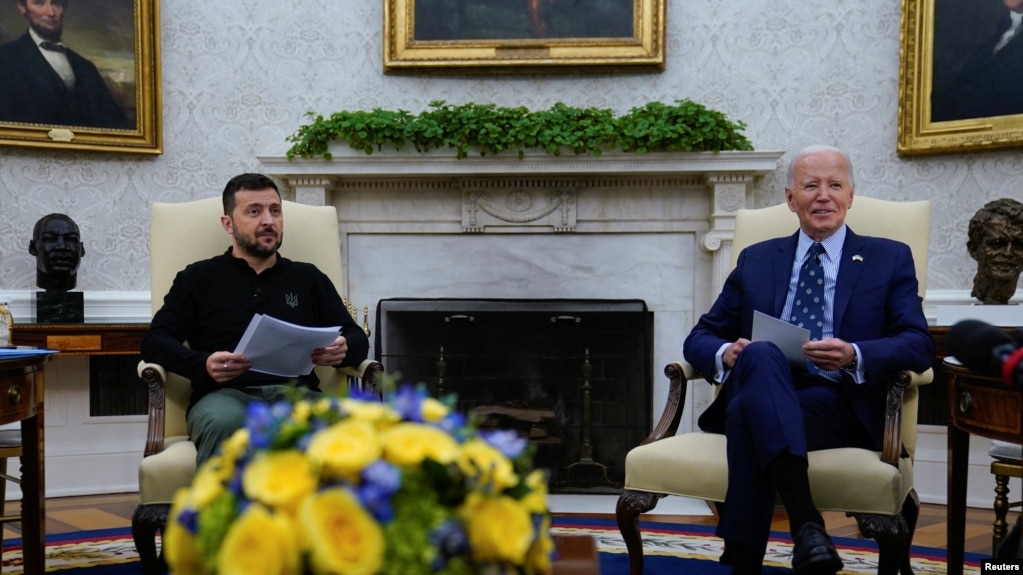
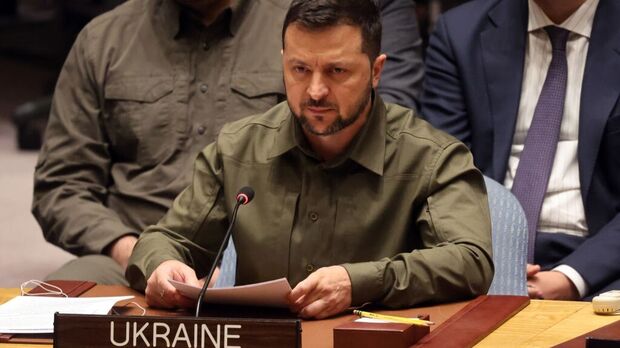

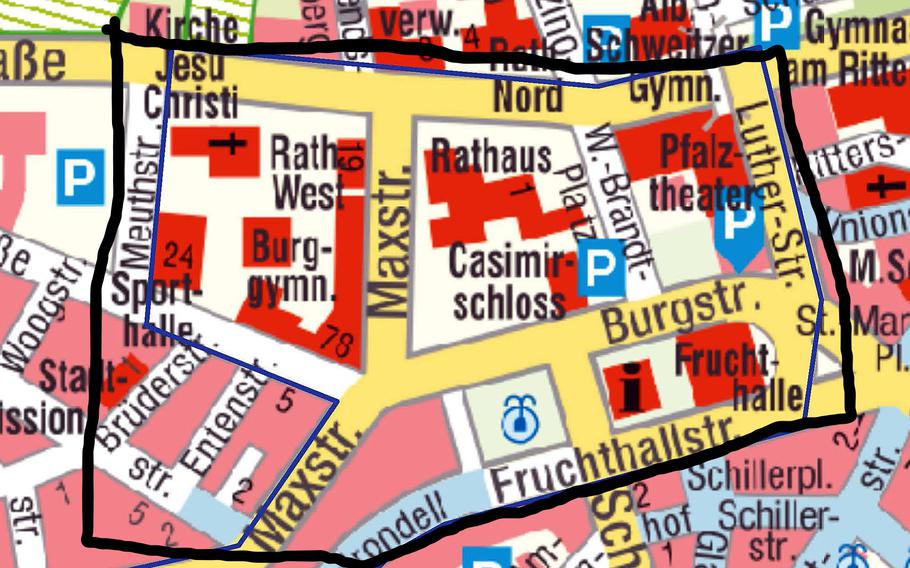

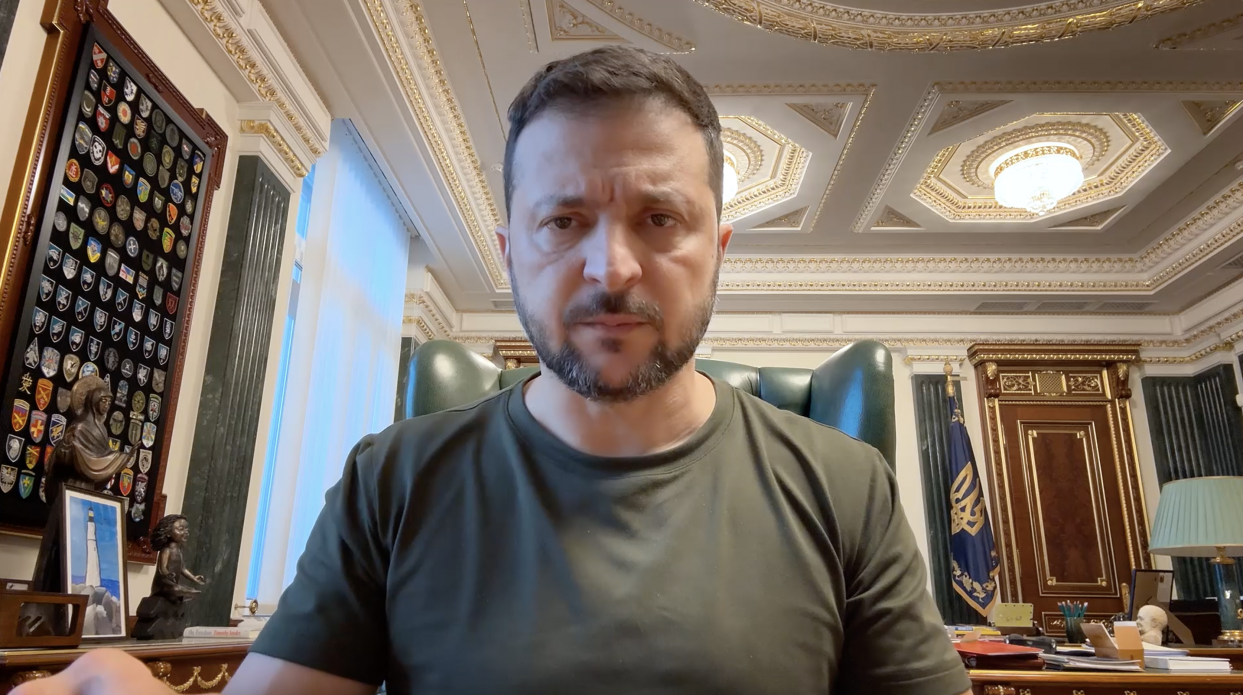
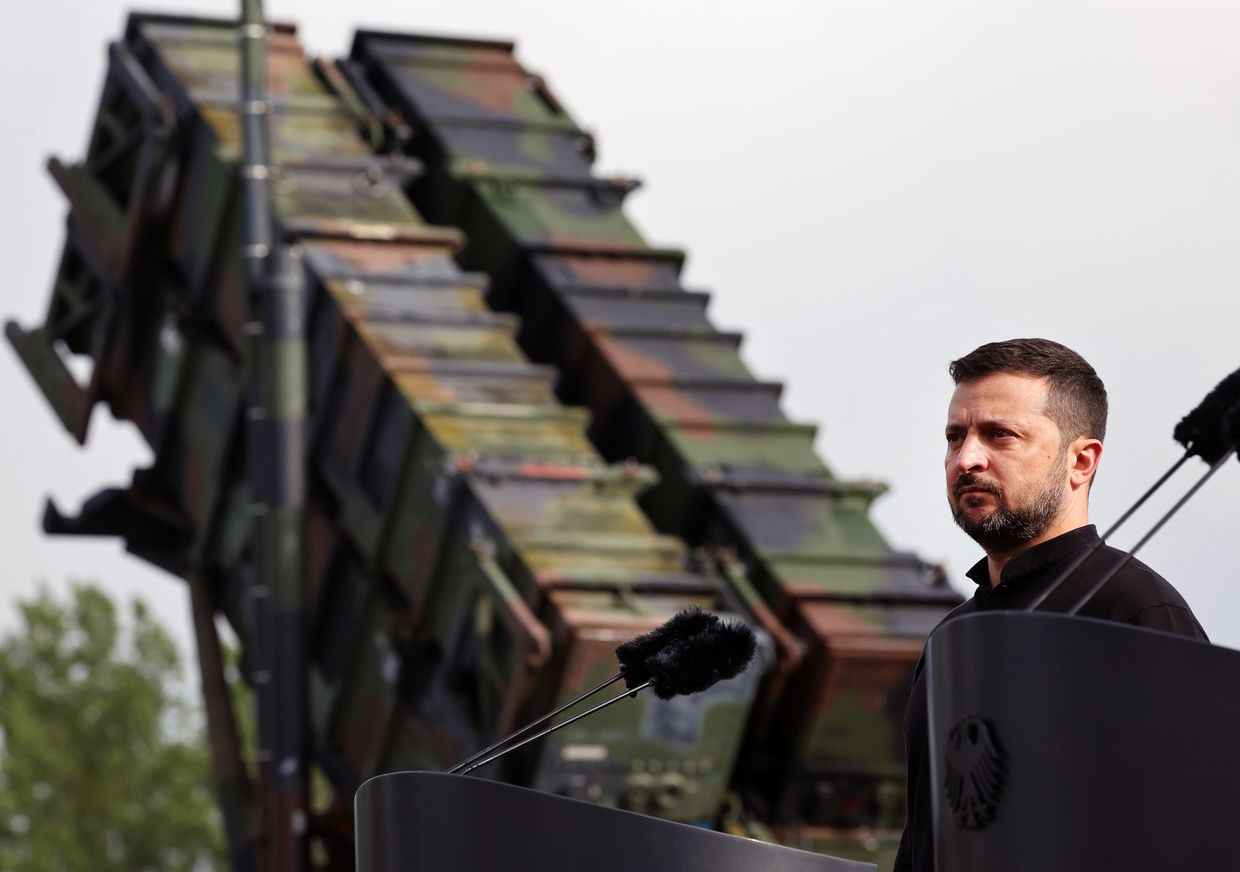

.jpg)
.jfif)
.jpg)
.jpg)
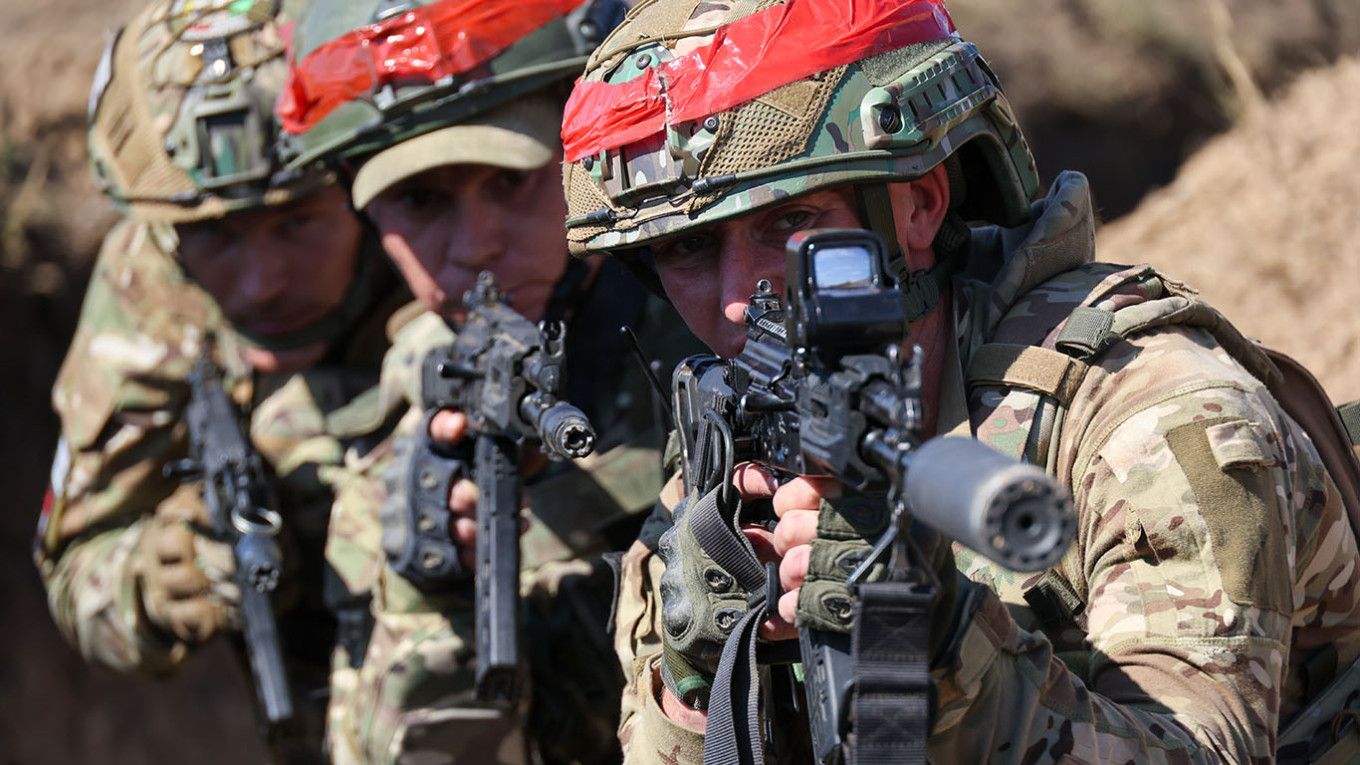
.gif)
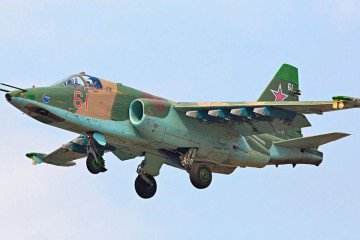


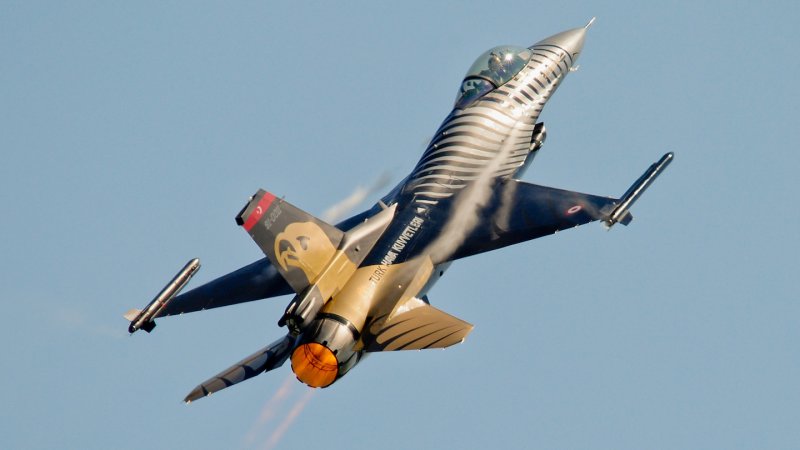

.webp)
No comments:
Post a Comment